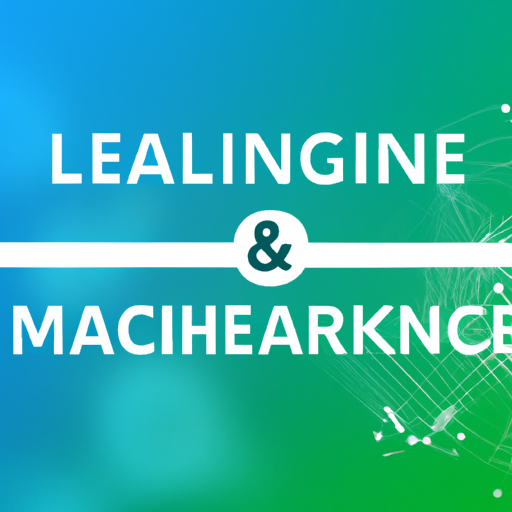Understanding The Difference Between AI And Machine Learning
Ever wondered about the difference between AI and machine learning? You’re not alone. These terms are often used interchangeably, yet they refer to distinct concepts within the realm of technology. Today, let’s embark on a journey to understand these differences with a friendly and engaging narrative.
What Is Artificial Intelligence?
Artificial Intelligence (AI) is the broad science of mimicking human abilities. Picture a vast ocean where various technologies converge to create intelligent systems capable of performing tasks that typically require human intelligence. This includes recognizing speech, understanding natural language, making decisions, and even playing chess.
For instance, think about Siri or Alexa. These virtual assistants leverage AI to respond to our commands and make our lives easier. AI is like the brain behind these assistants, enabling them to understand and interact with us naturally.
AI In Everyday Life
You might be surprised at how pervasive AI is in our daily lives. From recommending products on Amazon to curating your Netflix playlist, AI is behind numerous conveniences we enjoy. It’s an ever-evolving field that promises to revolutionize industries across the board.
Diving Into Machine Learning
Machine learning (ML) is a subset of AI that focuses on the idea that machines can learn from data without being explicitly programmed. Think about it as getting smarter over time by analyzing patterns and experiences.
Imagine you have a spam filter for your email. Initially, it may not catch every spam message perfectly. Over time, as you mark emails as spam or not spam, the system learns from these examples and improves its accuracy.
The Essence Of ML Models
Machine learning models are designed to improve their performance through experience. A classic example is Google’s search algorithm which continually refines its results based on user interactions.
In the context of AI programming with Python, developers use various libraries like TensorFlow and Scikit-learn to build these sophisticated models.
Core Differences Between AI And Machine Learning
Now that we have a basic understanding of both concepts let’s break down their core differences.
Scope Of Application
AI encompasses everything related to making machines intelligent—it’s an umbrella term that captures various technologies including machine learning but also others like expert systems and neural networks.
Machine learning specifically focuses on algorithms that learn from data and improve over time without explicit programming for each task.
Problem-Solving Approach
Artificial intelligence aims at creating systems capable of performing tasks that require human intelligence such as reasoning, problem-solving, natural language processing, etc.
Machine learning takes this further by identifying patterns in data and making decisions based on it—think predictive analytics or recommendation engines.
Examples In Real Life
To better illustrate these differences let’s consider some real-life examples:
Artificial Intelligence In Healthcare
AI algorithms can analyze medical images to diagnose conditions faster than traditional methods.
These systems use natural language processing to understand symptoms described by patients and offer preliminary diagnoses for doctors.
Machine Learning In Finance
Banks use ML algorithms for fraud detection by identifying unusual patterns in transaction data.
Investment firms leverage ML models for trading strategies based on historical market data analysis.
The Interplay Between AI And Machine Learning
While we’ve discussed their distinctions it’s important also recognize how interlinked they are: machine learning often serves as one technique within broader artificial intelligence frameworks helping achieve specific tasks more efficiently than rule-based logic alone could manage
For instance self-driving cars rely heavily not just automated responses but vast troves sensor input processed through complex layers combining both general principles artificial intelligence nuanced insights gleaned through continuous self-improvement inherent nature machine-learning paradigms
So while technically separate fields functionally intertwined forming symbiotic relationship driving forward cutting-edge advancements across myriad applications from personalized marketing strategies enhanced user experiences autonomous navigation beyond
The combination robust artificial capabilities adaptive learning mechanisms propels us closer towards future where intelligent systems seamlessly integrate augment virtually every aspect modern life
And that’s exactly why such vibrant exciting era explore whether diving deeper into nuances artificial intelligence machine-learning pursuing specialized cloud-computing courses hoping become pioneering force next generation full-stack developer
Possibilities truly endless potential boundless
So next time someone asks about difference ai ml you’ll ready answer confidently backed solid foundational understanding intricacies complexities underlying fascinating world cutting-edge tech development
Stay curious keep exploring who knows maybe someday soon might well contributing groundbreaking innovation shaping tomorrow today

